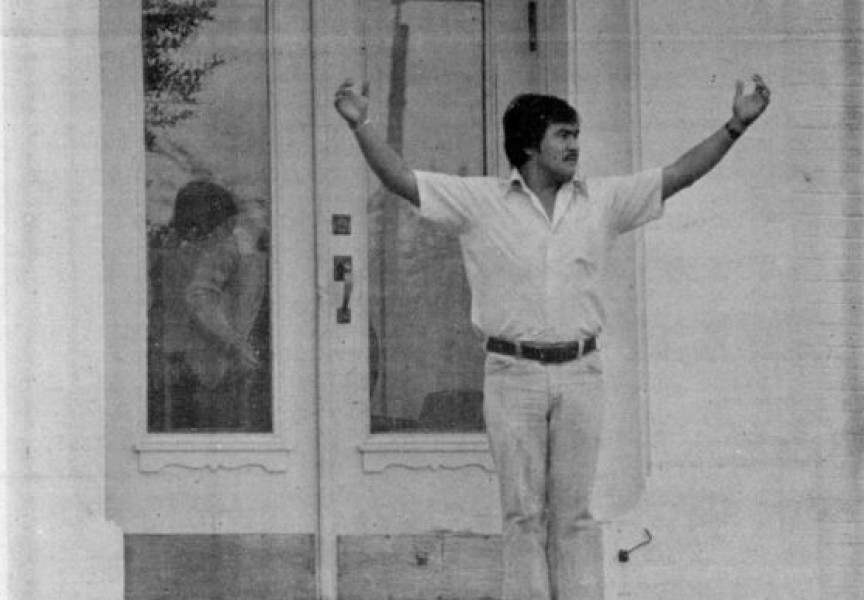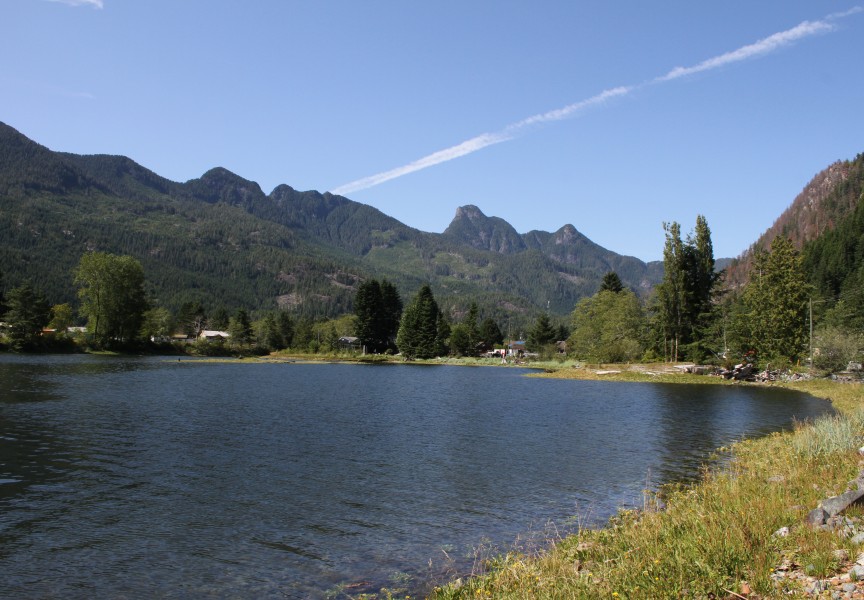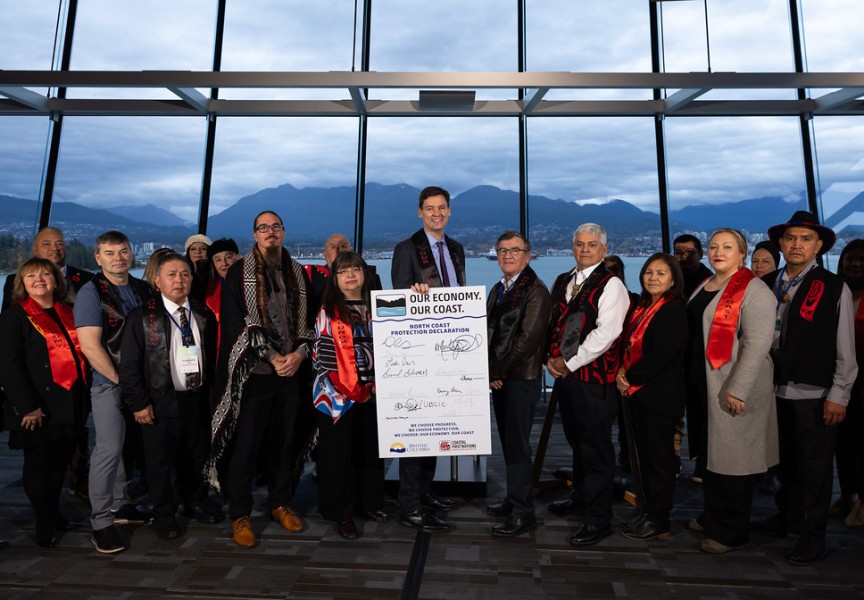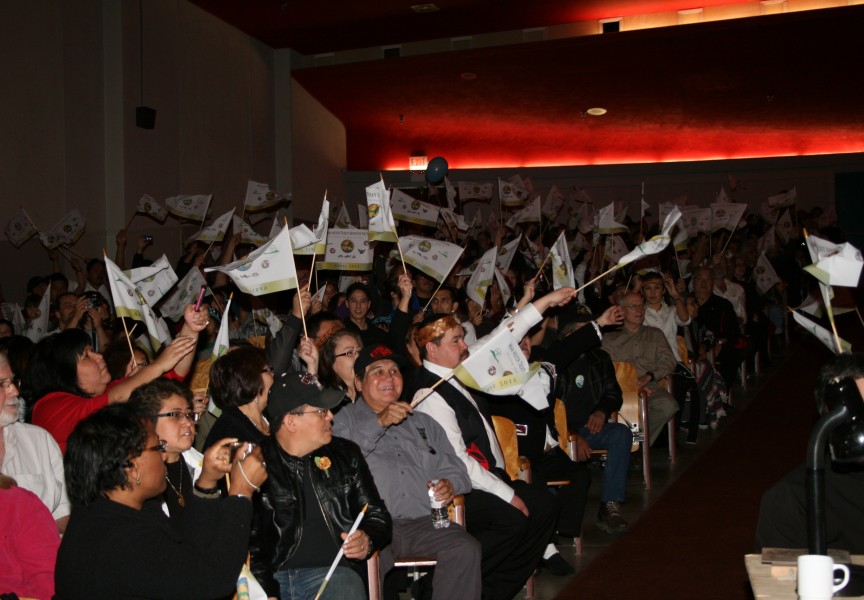Six years into its implementation, the Maa-nulth treaty is being highlighted as a leading example of “reconciliation in action” for First Nations looking to progress their constitutional rights.
A report from the BC Treaty Commission released in September focusses on the benefits of Maa-nulth, which came into effect April 1, 2011. The government-to-government agreement between Canada, the Province of British Columbia and five Nuu-chah-nulth nations identifies rights, obligations and how these will be implemented. Maa-nulth includes the Huu-ay-aht, Uchucklesaht, Ucluelet, Toquaht and Ka:’yu:’k’t’h’/Che:k’tl7et’h’ First Nations. The formal agreement encompasses a combined 24,550 hectares of treaty settlement lands and capital transfer payments of $96.7 million.
The treaty has helped the five nations to make business investments, including the Uchucklesaht Tribe’s construction of the Thunderbird Building. The $8-million multi-purpose structure opened in Port Alberni in 2016 to house the nation’s administrative offices, cultural activities, a restaurant and 34 apartments.
2016 also saw the Huu-ay-aht First Nations purchase 11 properties in Bamfield, including a motel, café, market, pub, airport and two lodges. The properties were previously owned by out-of-town investor Jack Purdy since the 1990s. The First Nation has hopes of using the acquisitions to bring more tourism to the small Barkley Sound community.
The Huu-ay-aht are also developing a residential subdivision between Bamfield and their nearby Village of Anacla.
“The opportunity that treaty presents is that we have more capital to leverage than a small business would,” stated Elected Councillor Trevor Cootes in the treaty commission report. “We had the ability to take a somewhat larger risk than an individual or smaller company would want to take in such an area – but for Huu-ay-aht it’s within our traditional territory, so we didn’t see it in the same way.”
The modern treaty allowed four of the Maa-nulth nations to join the Alberni-Clayoquot Regional District in 2012, and Ka:’yu:’k’t’h’/Che:k’tl7et’h’ became part of the Strathcona Regional District board the following year. When the term of Tofino Mayor Josie Osborne concluded in October 2016, Huu-ay-aht Executive Councillor John Jack became B.C.’s first indigenous chair of a regional district.
“One of the benefits for First Nations getting into treaty is that they start to make decision that affect their people to the highest degree, for the best bang for the buck,” said Jack. “Usually what you see at the very beginning of implementation is a setting down of roots in the places that matter to treaty citizens.”
“The Huu-ay-aht treaty has woven us into the fabric of Canada,” said B.C. Treaty Commissioner Tom Happynook in the report, who is also the First Nation’s hereditary whaling chief. “The treaty is slowly pulling us out of 150 years of poverty.”
In B.C. just seven modern-day treaties that have been enacted, and five of these come with the Maa-nulth agreement. But many First Nations are at varying stages of the treaty negotiations process, including three other Nuu-chah-nulth nations that sit at the advanced Stage 4, where an Agreement In Principle (AIP) could negotiated with the federal government and the province.
Since 1996 the Ditidaht and Pacheedaht First Nations have been negotiating together towards a treaty with the feds and the province.
“The Pacheedaht are our neighbours and our relatives, and we share with them a common language,” stated the Dididaht on the First Nation’s website. “We are negotiating in parallel, meaning each nation will have its own treaty if negotiations are successfully concluded.”
In the spring of 2016 the nations, province and Canada committed to intensified negotiations to complete an Agreement In Principle. The Ditidaht have proposed treaty settlement lands.
“We won’t know the full extent of the treaty lands until the negotiation of the final agreement,” said the First Nation.
“Substantial work has been completed on chapters and on preparations for the formal land and cash component of the treaty,” noted the treaty commission in its recent report.
The Tla-o-qui-aht First Nation is also in Stage 4 of the treaty negotiating process, but so far has been unable to finalize an Agreement In Principle. In November 2012 members rejected an AIP with a vote of 113-154, marking the second time such a proposal has failed to gain the approval of the First Nation since it began treaty negotiations in 1993.
“While the Negotiation Steering Committee accepts the decision of the TFN members, we are very disappointed with this setback,” said Francis Frank, the Tla-o-qui-aht’s chief treaty negotiator, in a statement sent to the Ha-shilth-sa after the vote.
“Tla-o-qui-aht continues to engage internally to determine if a second AIP vote should take place,” noted the treaty commission.







